Unexpected restarts due to Windows updates can interrupt your workflow and cause frustration. Thankfully, Windows 11 offers options to control when your system restarts to install updates. This guide will show you how to set active hours and schedule restarts, ensuring updates occur at your convenience.
Set active hours on your Windows 11 PC
Setting active hours lets you define the time period during which you typically use your computer. Windows will avoid restarting your device for updates during these hours, preventing unexpected interruptions.
Step 1: Click on the Start menu and select Settings. Alternatively, press Windows+I on your keyboard to open the Settings app.
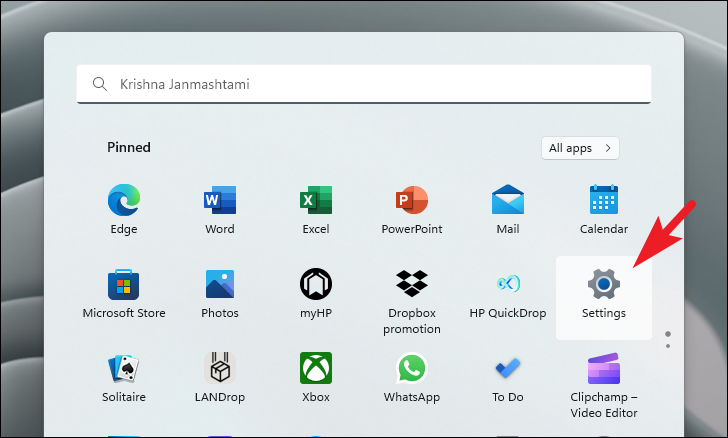
Step 2: In the Settings window, select the Windows Update tab from the left sidebar.
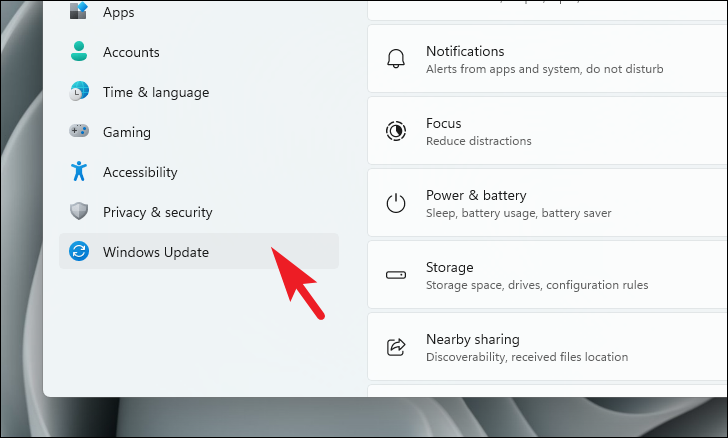
Step 3: Click on Advanced options on the right pane.
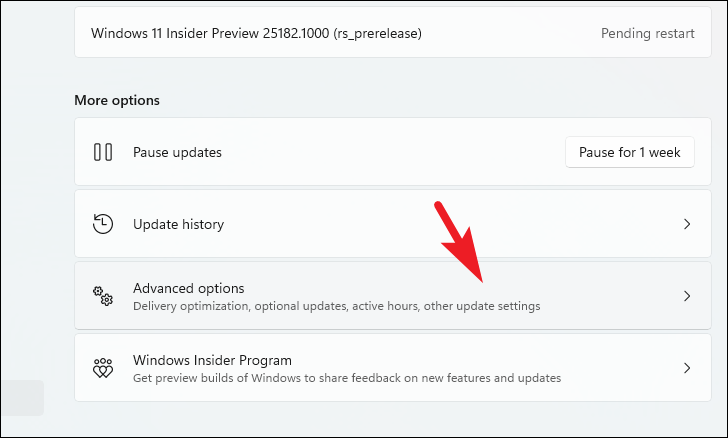
Step 4: Under the "Additional options" section, click on Active hours.

Step 5: Select Manually from the dropdown menu next to "Adjust active hours for your device based on activity".
Step 6: Set your desired Start time and End time to define your active hours.
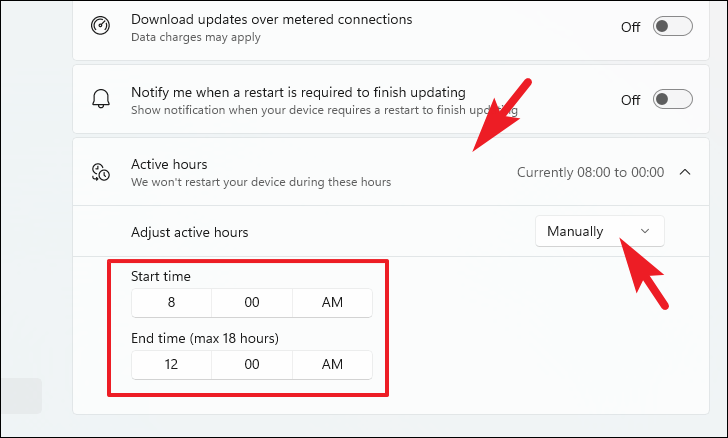
Windows will now avoid restarting your PC during the hours you've specified, ensuring updates don't interrupt your work.
Schedule restart from the Windows Update notification
When Windows has updates ready and requires a restart, you might receive a notification prompting you to restart your PC. You can schedule the restart directly from this notification to occur at a more convenient time.
Step 1: In the Windows Update notification, click on Remind me later. This will open a window where you can schedule the restart.
Step 2: Choose a preferred day and time for the restart using the provided selectors.
Step 3: Click on Schedule restart to confirm your settings.
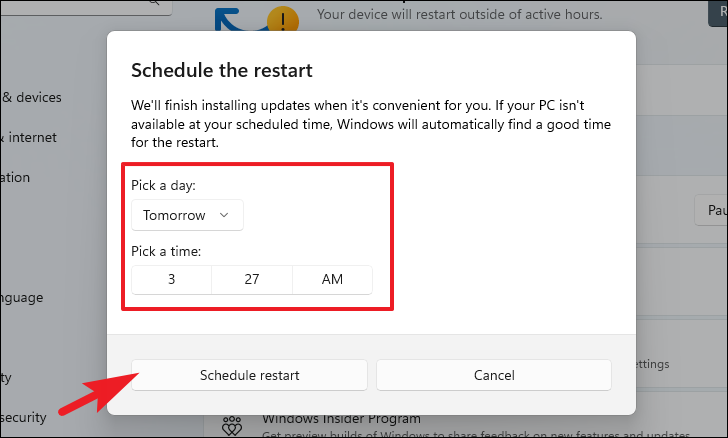
Your PC will now restart at the scheduled time to install updates. Ensure your device is powered on and plugged in at that time. If Windows cannot restart automatically, you'll receive a notification to restart manually at your next login.
Schedule restart from the taskbar
If you missed the Windows Update notification, you can schedule a restart from the taskbar at any time.
Step 1: Right-click on the Update icon in the taskbar.

Step 2: Select Schedule restart from the context menu.

Step 3: Set your preferred day and time for the restart using the provided options, then click on Schedule restart to confirm.
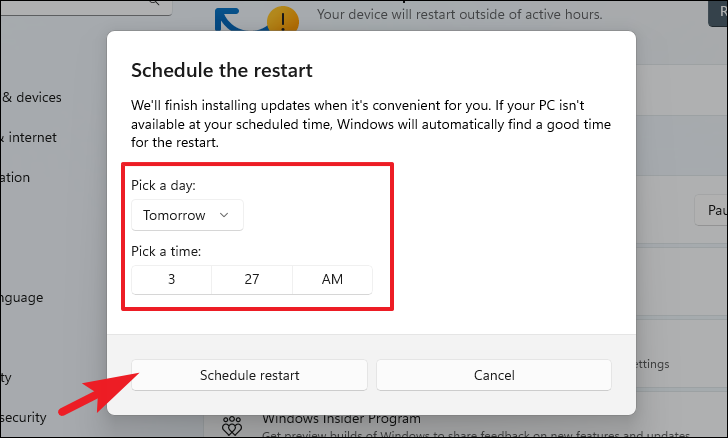
Schedule restart from the Settings app
If you're unable to schedule a restart from the notification or taskbar, you can do so through the Settings app.
Step 1: Open the Settings app by clicking the Start menu and selecting Settings, or by pressing Windows+I on your keyboard.

Step 2: Navigate to the Windows Update tab on the left sidebar.

Step 3: Click on the Schedule restart option if it's available.
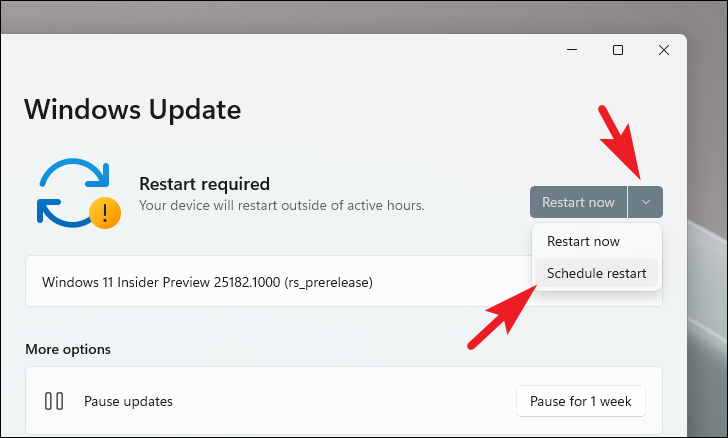
Step 4: Choose your desired day and time, then click on Schedule restart to confirm.

By taking control of your Windows 11 update settings, you can ensure that system restarts occur at times that are convenient for you, minimizing disruptions and keeping your workflow uninterrupted.






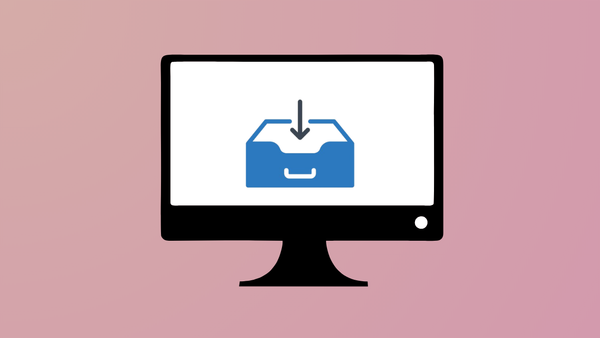

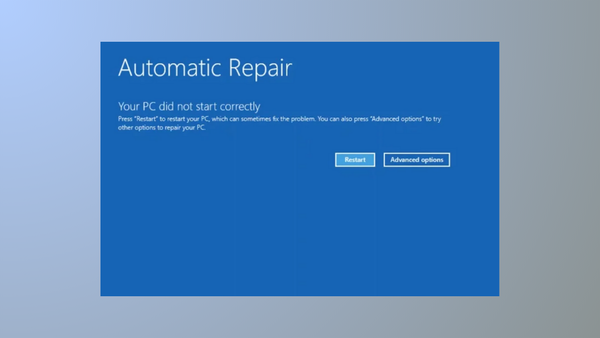
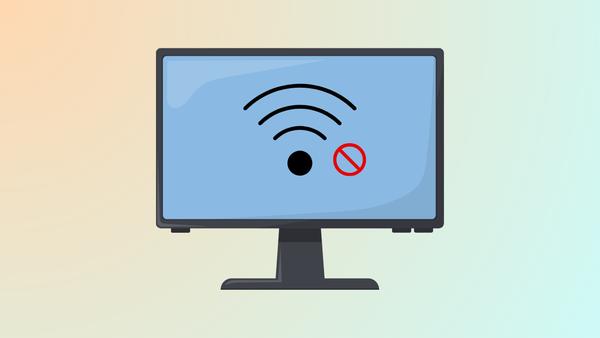

Member discussion